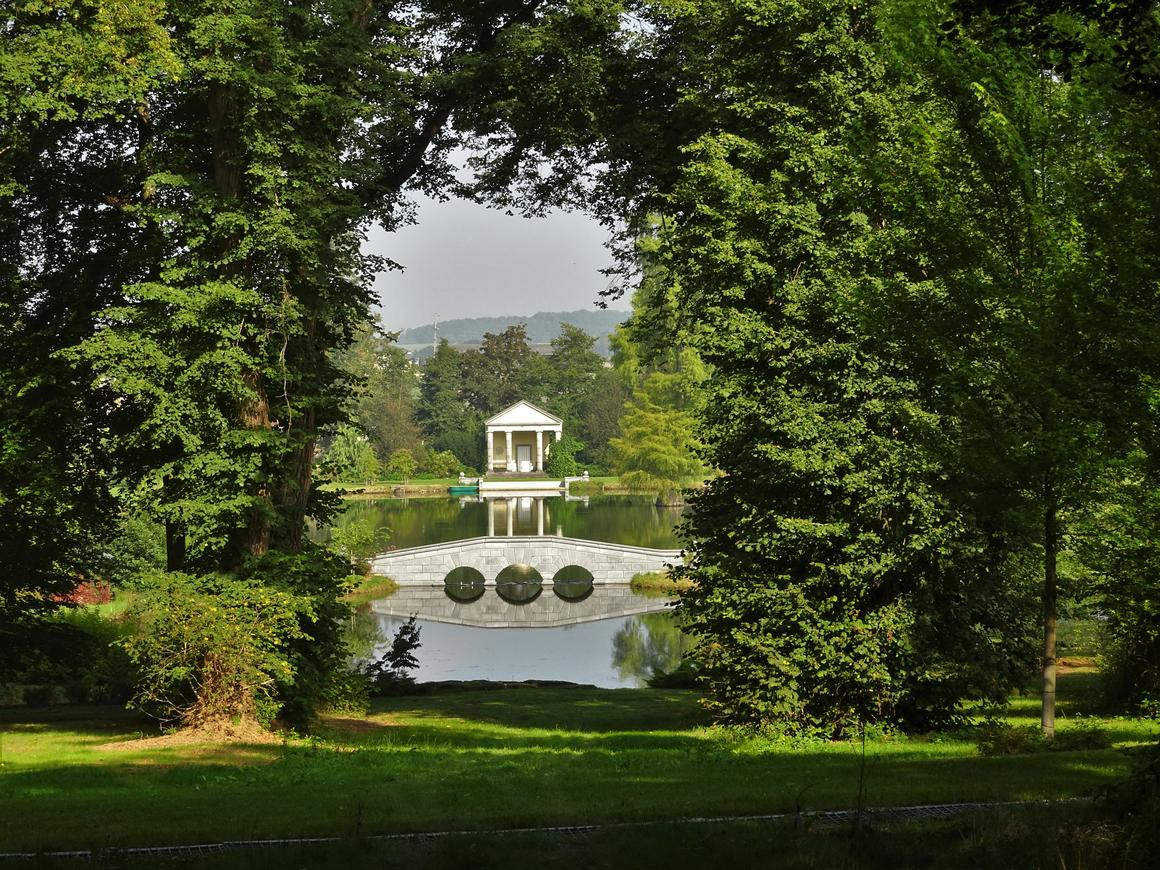Belgian Follies
Following the presentation of Miscellaneous Follies in the spring of 2019 at Kanal – Centre Pompidou, CIVA has decided to continue the reflection on the 'parcs à follies' and the construction of pavilions, kiosks and follies over time. The initial exhibition sought to delve into the history that connects us to the origin of these imaginative architectures that had both a reflective and critical purpose so as to be able to observe the most recent expressions. Belgian Follies immerses us in the very source of this fantastical world, whose atmosphere, which bathes these small and frivolous constructions in a mythical aura, seems, curiously, to inspire authors and film-makers more than town and country planners.
Monsters, ruins, temples, belvederes, pyramids, obelisks and grottoes are all figures that help us to reflect on architecture in the perspective of the long term of human history. That perspective in which we all try to find our place on this earth while remaining just slightly outside it. Follies are buildings through which to consider the environment and examine the architectural discipline, this by virtue of their existence, their relationships of co-construction with the landscape, their potential imagination and their particular economy. Buildings that stimulate reflection and memory transmitted from generation to generation.
Whether terribly sophisticated or excessively summary, follies are entirely without function yet absolutely necessary. They unite. They intensify. Organized into systems, follies evoke territories in terms of emergences and not through a comprehensive plan. Each folly lays claim to its raison d’être and revokes the proposals of the preceding one. Rather than ruins, follies display foundations. Beyond the parks of eighteenth-century aristocrats, they now engage with the metropolitan environment. In response to the fragile ecology of our world that is seeking to invent a balanced relationship with its resources and its environment, follies formulate architecture and landscape as an indissociable culture. The aim of this exhibition is to keep deploying the prospective enthusiasm of follies to escape for a moment the turpitudes of the world and give shape to ways of inhabiting it.
In the exhibition you will see documents (engravings, models, books) from private and public collections, some of which have never been shown before. The parks of Enghien, Schoonenberg, Attre and Wespelaar are highlighted. A photo series gives an overview of the many follies you can discover in Belgium, sometimes accessible to the public, sometimes located on private property.
